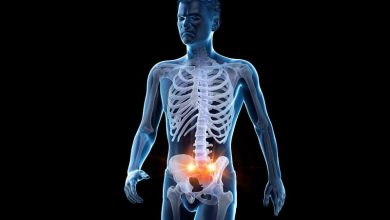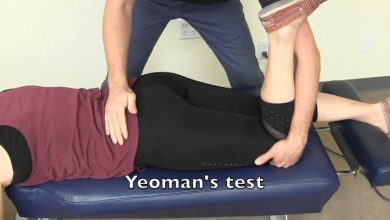Sacroiliac Joint
Sacroiliac Joint Injection

The sacro-illiac joint connects the spine to the pelvis. This can sometimes become irritated leading to back and leg pain.
The aim of this injection is to dampen down any inflammation.
The injection may also be used for diagnostic purposes – if your pain is relieved following the injection it confirms that the pain is linked to your sacro-illiac joint.
Injections may provide temporary pain relief or the pain may be significantly reduced for a long period of time.

Before the procedure
- Do not eat or drink anything 6 hours prior to your injection
- Discontinue all medications after midnight before your injection. If you are on routine medications for heart, blood pressure or diabetes, you can take your medication as usual the morning of your injection with a sip of water.
- If you are pregnant you need to inform your consultant as x-rays are used during the procedure and these might prove harmful to the baby.
During the procedure
- During the procedure you will lie on your tummy on a table in the treatment room
- A local anaesthetic will be used to numb the area of the injection
- Under x-ray control and using a local anaesthetic a needle will be guided into the sacro-illiac joint. Once in place, a combination of local anaesthetic and steroid will be injected into the SI joint
- The injection procedure takes about 30 minutes and does cause some discomfort, but this is controlled during the procedure.
After the procedure
- You will be in a recovery room for about 30 minutes
- It is important that you have someone to drive you home
- It is common for the injection to actually cause an increase in your back pain for 24- 48 hours and it is worthwhile taking painkillers for this time.
- The steroid does not become effective for 24-36 hours
- Activity should be restricted for the first 24 hours after the injection
- Although the procedure is very safe, it is unpredictable in its effect. Some patients experience very good pain relief from the procedure, and its effects can last up to 6 months. However, other patients do not have any relief of symptoms after the procedure. It is important to discuss how much pain relief you received as a result of this injection in follow up appointments as this will affect further treatment plans.





